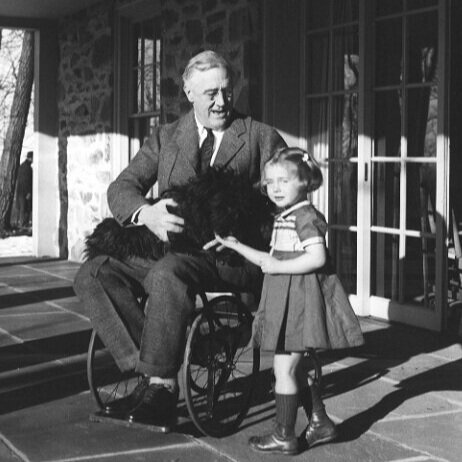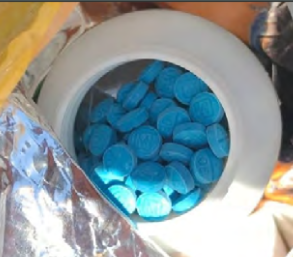The Other Opioid Crisis: Patient Abandonment and Denial of Treatment
/By Georgia Carroll, Guest Columnist
I am a patient advocate and pain sufferer. I have the usual pains associated with rheumatoid arthritis, a bad knee and a few bulging lumbar discs. But my personal story is nothing compared to what most of the patients I work with are going through.
I represent only a small fraction of the tens of millions of patients across the U.S. who have been abandoned by their doctors and denied treatment for the pain caused by diseases, injuries and mental health conditions. They are the unintended victims of efforts to curb opioid overdose deaths, even though studies show less than 2% of overdoses involve prescription opiates written for the deceased.
Leaving these patients without medical care is inhumane and only exacerbates the opioid crisis, forcing some to turn to the street for relief. The victims of this abuse have been crying out for help since before 2013 and nothing has been done. They have been left to suffer, deteriorate and die. Lack of action to protect these patients has elevated the opioid crisis to a self-fulfilling phenomenon.
Frankly, I was ignorant of how bad the situation was until a few months ago, when our doctor was arrested. For the last five years, he and I have been focused on teaching patients to integrate alternative therapies into their treatment regimens to help them reduce opioid dosages and frequencies.
Now it is in my backyard and we are the victims, because no one gave a damn about 50 million suffering souls.
We are not drug addicts looking for the next high. We are medical patients who need doctors to responsibly prescribe the opiates we need for relief.
GEORGIA CARROLL
None of the legislation passed in recent years does anything to protect doctors from ill-conceived prosecution or their patients from being abandoned. The Department of Justice, DEA and local law enforcement have not been able to effectively diminish the availability of street drugs, much less stop their distribution. So they misinterpret and pervert the CDC opioid guideline to make their own rules for investigation and prosecution of the “low hanging fruit" of prescribers diligently treating their patients.
Physician intimidation is unacceptable. Patient abandonment is unacceptable.
A case in point: The doctor of most of the patients for whom I advocate was arrested and the clinic closed without warning last November. The staff were threatened and intimidated, and medical records and computers confiscated, including the external hard drive backup. In a flash, the doors were locked and 7,000 patients were abandoned with no recourse and no source for prescription refills, even blood pressure and insulin, much less chronic pain, panic attacks or depression.
It took 10 days for the local district attorney to return the backup drive for patient records. It was blank, completely scrubbed. We asked the DA to make medical records available to the patients so they could engage new physicians. They refused. Not their responsibility. "Clinic should have had backup," we were told.
On day 73, after many letters from patients and doctors requesting the files and two street demonstrations, they finally agreed to download individual patient's records to a disc, on request, to be picked up at the DA's office in person or by a representative.
Doctors and medical facilities across the country are refusing to write prescriptions for opiates to anyone, for fear of suffering a similar fate. Instead, they are pushing patients to expensive and repetitive injections or surgery.
Our doctor has been "flagged" by other local doctors, who refuse to even see a patient with his name on the medical files or prescription, even though he is highly respected by most of them. Call it "Not Me Next Syndrome."
The hundreds of patients I work with have now been without effective pain and mental health disorder medications for over 120 days, with no relief in sight. They have been through the agony of withdrawals unassisted. What recourse do they have? Continued debilitating suffering, accelerated physical and mental health decline, street drugs and the ultimate relief of suicide.
These are the calls I receive almost daily. How would you advise them? How would you manage your symptoms or those of a loved one? How would you cope?
Several states have begun to introduce bills to protect doctors from prosecution for doing their job and patients from being cut off cold turkey from their prescribed opiates. But these individual state efforts are inadequate given the number of patients across the country already affected. Patient abandonment and denial of care is now a national public health epidemic and demands immediate, emergency action.
Georgia Carroll lives in Texas.
Pain News Network invites other readers to share their stories with us. Send them to: editor@PainNewsNetwork.org.















